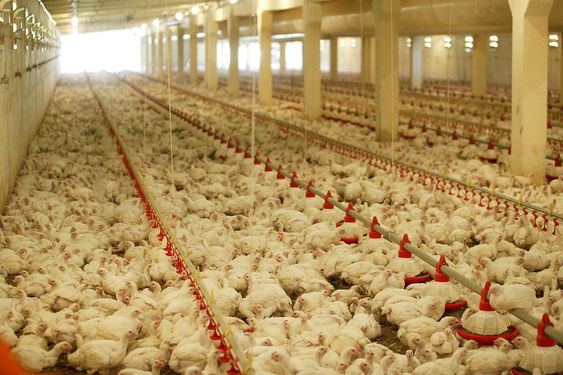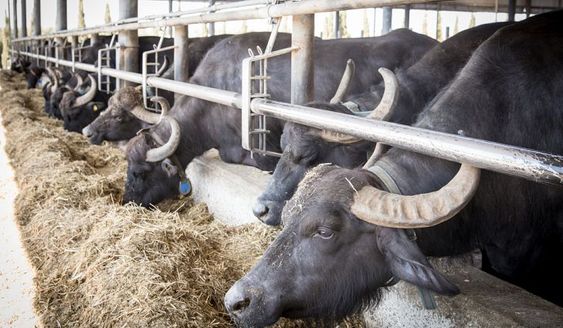Chicken Growth: A Comprehensive Guide to Raising Healthy, Thriving Chickens
Chicken Growth are fascinating creatures with a long history alongside humans. From humble beginnings as jungle fowl, they’ve been selectively bred for millennia to become a vital source of food and companionship. Understanding chicken growth, from chick to full-fledged adult, is key to raising healthy, productive birds. This guide delves into the fascinating world of chicken development, exploring factors that influence growth, strategies for maximizing it, and best practices for raising happy, healthy chickens.
The Science of Chicken Growth
Chickens experience a remarkable transformation, growing rapidly from a tiny chick to a mature adult in a relatively short period. This growth follows a predictable pattern, typically described as a sigmoid curve.
- Early Growth: Chicks experience a rapid initial growth spurt, fueled by the residual yolk sac nutrients they absorb before hatching.
- Exponential Growth: Following the depletion of yolk sac reserves, chicks enter a period of exponential growth. This phase is characterized by rapid weight gain and development of muscle and bone. Feed intake and nutrient utilization play a crucial role in this stage.
- Linear Growth: As chickens approach maturity, their growth rate tapers off, transitioning to a more linear pattern. During this period, they focus on developing their reproductive systems and reaching their final mature weight.
Factors Influencing Chicken Growth
Several factors significantly influence chicken growth, each contributing to their overall health and well-being.
- Genetics: Breed plays a crucial role. Broiler chickens, specifically bred for meat production, have exceptional growth rates compared to heritage breeds raised for eggs or dual-purpose use.
- Nutrition: A balanced, high-quality diet formulated for their specific needs (age, breed, laying hens, etc.) is essential. Deficiencies in essential nutrients can significantly impair growth.
- Environment: Chickens thrive in comfortable, stress-free environments. Factors like temperature, humidity, ventilation, and lighting can significantly impact growth.
- Health: Disease or parasites can hinder growth by diverting resources needed for development towards fighting illness. Maintaining good hygiene and a proactive health management plan is crucial.
- Management Practices: Regular monitoring, proper handling, and minimizing stress during handling all contribute to optimal growth.
Benefits of Optimal Chicken Growth
Ensuring healthy, optimized growth in your chickens offers several benefits:
- Increased Productivity: Faster-growing chickens reach market weight sooner or begin laying eggs earlier, resulting in higher overall productivity.
- Improved Feed Conversion Ratio (FCR): Chickens with optimized growth utilize feed more efficiently, leading to lower overall feed costs.
- Enhanced Meat Quality: Broilers raised for meat production exhibit better muscle development and carcass quality.
- Reduced Mortality: Healthy, robust chicks are less susceptible to disease, leading to lower mortality rates.
- Improved Egg Production: Hens with optimal growth often reach sexual maturity earlier and lay eggs more consistently.
Goals for Chicken Growth
The specific goals for chicken growth will vary depending on your purpose for raising them.
- Broiler Production: The primary goal is rapid weight gain to reach market weight efficiently, often within 6-8 weeks.
- Layer Hens: The goal is to promote healthy growth until they reach sexual maturity (around 18-20 weeks) and begin laying eggs consistently.
- Heritage Breeds: Here, the focus might be on balanced growth and development, ensuring strong bones, healthy organs, and good overall health.
Strategies for Optimizing Chicken Growth
Here are practical strategies to promote optimal growth in your chickens:
- Choosing the Right Breed: Select breeds suited to your goals. Broilers for meat production, layer breeds for eggs, and heritage breeds for a combination are popular options.
- Providing a Balanced Diet: Offer a high-quality feed formulated for their specific age, breed, and production purpose (starter, grower, layer). Consider providing additional supplements as needed.
- Maintaining a Clean and Comfortable Environment: Ensure proper ventilation, temperature control (around 70-80°F for young chicks), and adequate space to move around and prevent crowding.
- Following a Proper Vaccination Schedule: Protect your chickens from preventable diseases through timely vaccinations.
- Implementing Biosecurity Measures: Minimize the risk of disease transmission by maintaining good hygiene practices and preventing contact with wild birds.
- Regular Monitoring and Management: Regularly monitor your chickens’ health, check for signs of illness, and provide proper care.






